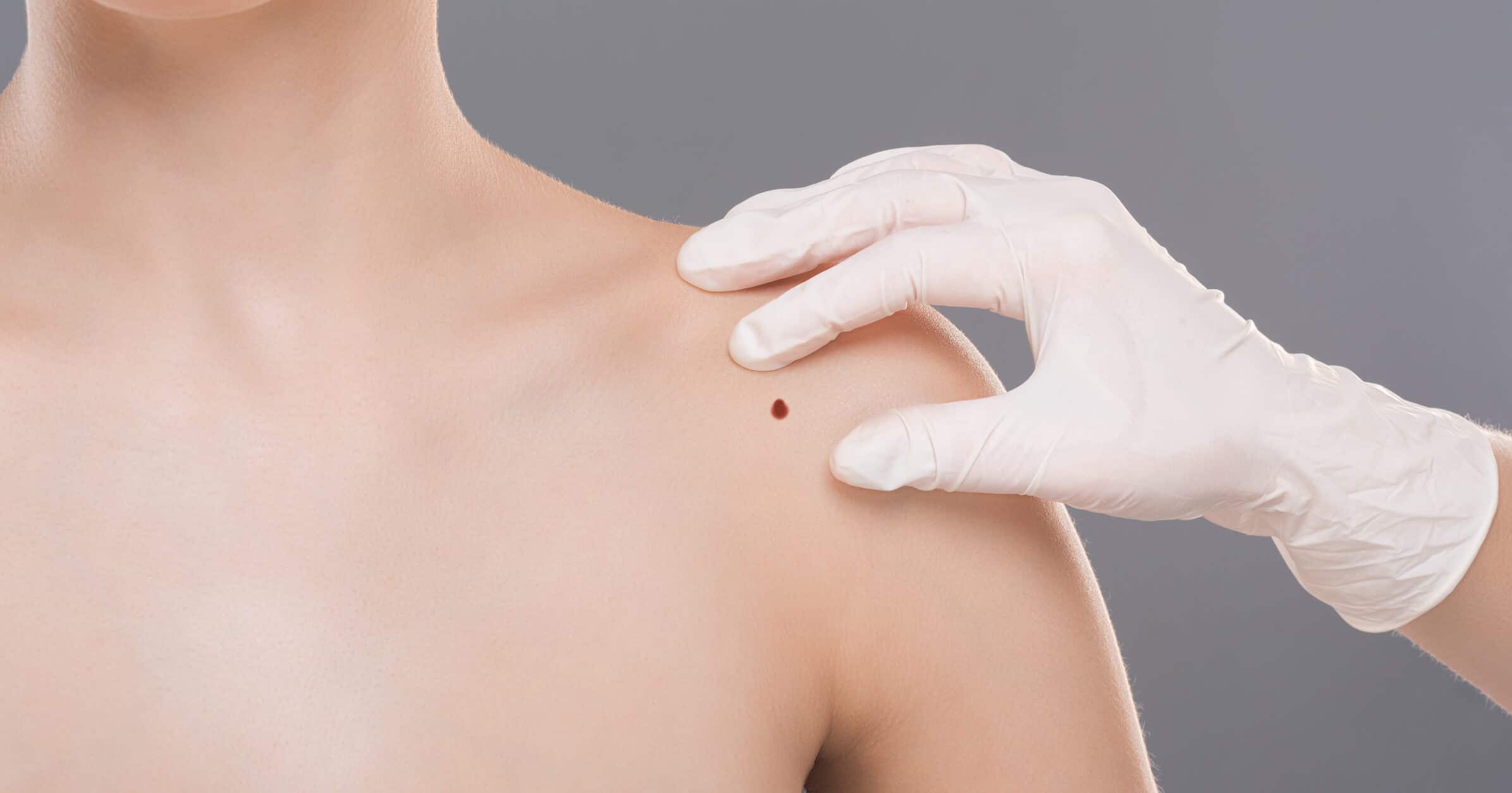
If you suffer from unsightly cherry angiomas, milia, or skin tags, then chances are you’re on the lookout for treatment options to help you get rid of them. The good news is that there are options for removing those stubborn skin lesions and improving the appearance of your skin—and helping to boost your confidence in the process! In this article, we’ll tell you all about hyfrecator treatments, including the conditions they treat, associated risks, and what you can expect from results.
What is a hyfrecator treatment?
A hyfrecator treatment, which is also sometimes referred to as a cautery or electrocautery treatment, is typically used to cauterize a wound and stop bleeding following surgery. However, in recent years, hyfrecator treatment has proven highly effective as a minimally invasive option for removing skin lesions caused by a range of common conditions.
During the procedure, an aesthetician uses a hyfrecator, which is a small device with a pin, to provoke a micro-injury to burn off individual skin lesions. Nearly every individual with a qualifying skin condition is a good candidate for a hyfrecator treatment, with the exception of patients with pacemakers and women who are pregnant or breastfeeding.
What conditions can a hyfrecator treat?
So what skin conditions qualify for a hyfrecator treatment? This treatment is an excellent option for the following conditions.
Milia
Milia are tiny cysts that form on the skin of people of all ages. These small growths occur when keratin, a substance produced by the skin naturally, becomes trapped under the outer layer of skin. Though they may seem harmless, these little white bumps can be difficult to get rid of and send many adults searching for a way to remove them. A hyfrecator works very well as a milia treatment because it can remove the tiny cysts without using a scalpel.
Cherry angiomas
Angiomas are benign skin growths that consist of small blood vessels and can be found anywhere on the body. Cherry angiomas are harmless red moles that primarily develop because of aging. They’re painless, but many people opt to have cherry angiomas removed for aesthetic reasons. A hyfrecator treatment is a great option for cherry angioma removal with very minimal risks.
Sebaceous hyperplasia
Sebaceous hyperplasia is a common condition that causes small, skin-colored bumps. These bumps are caused by overgrown sebaceous (oil) glands that appear on the skin’s surface instead of remaining under the skin. Hyfrecator treatments are a very effective option for getting rid of sebaceous hyperplasia.
Dermatosis papulosa nigra
Dermatosis papulosa nigra (DPN) is a condition that causes small black or dark brown bumps to appear on the face, neck, and chest. As patients age, the bumps can grow larger and increase in number. As they grow, the lesions sometimes develop small flaps that look like skin tags. Whether it’s DPN or skin tag removal you’re looking for, a hyfrecator treatment is a great, minimally invasive option.
What results can patients expect?
After a hyfrecator treatment, your skin lesions will crust and fall off. To maximize results, you should use Vaseline during the healing period and avoid picking at the area. Patients typically see results about two weeks following treatment; however, some patients might require multiple treatments to completely remove lesions, depending on the severity of their condition.
Stubborn skin conditions can be a real pain in the you-know-what—but with the right treatment approach, you can have those cherry angiomas or milia removed and move forward with complete confidence in your appearance.



